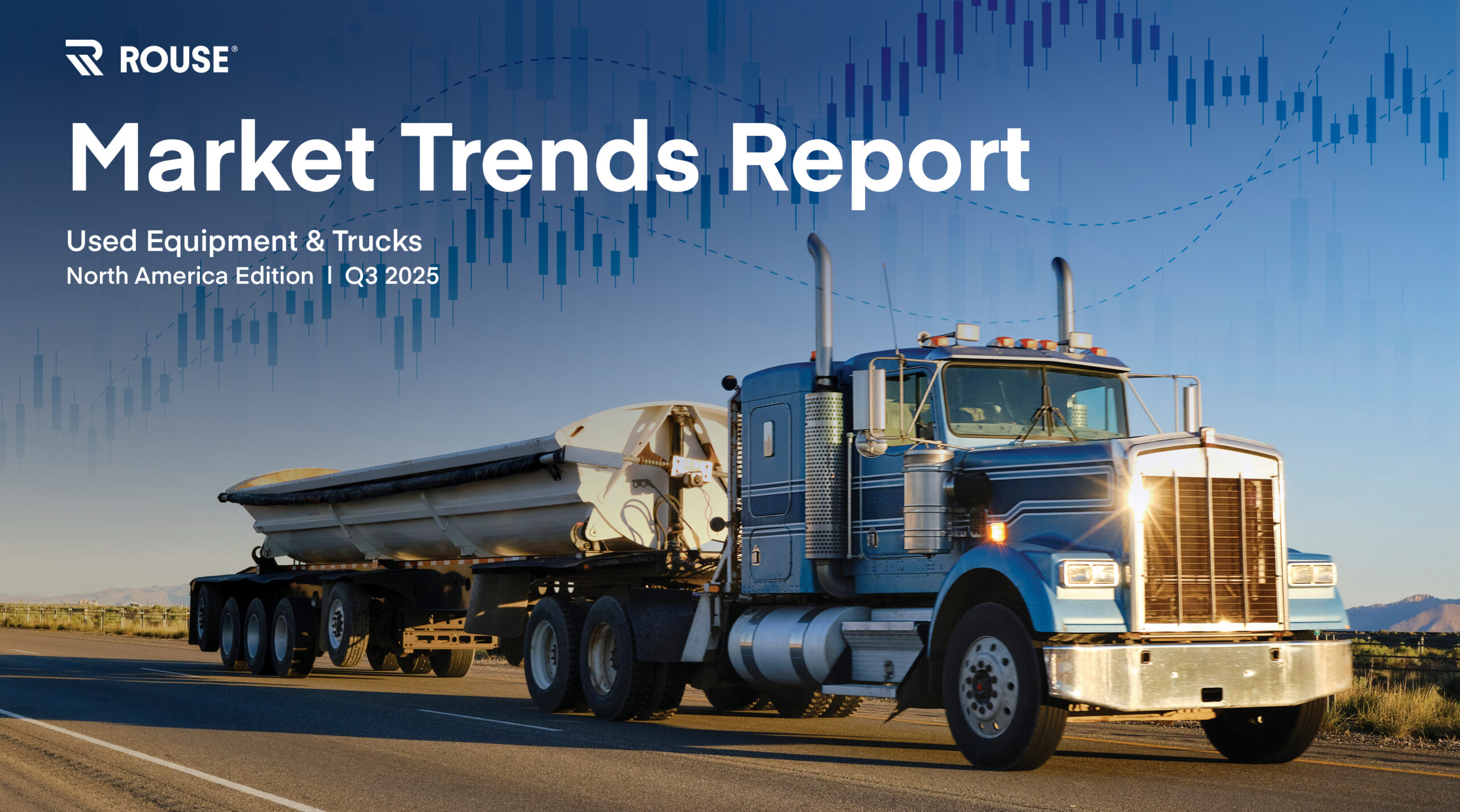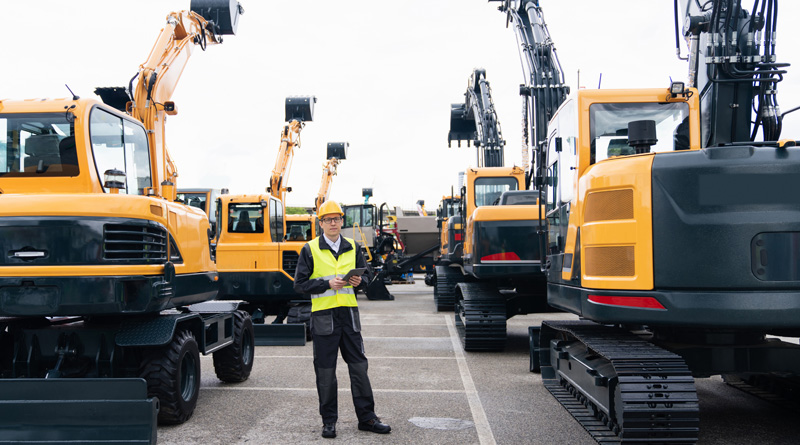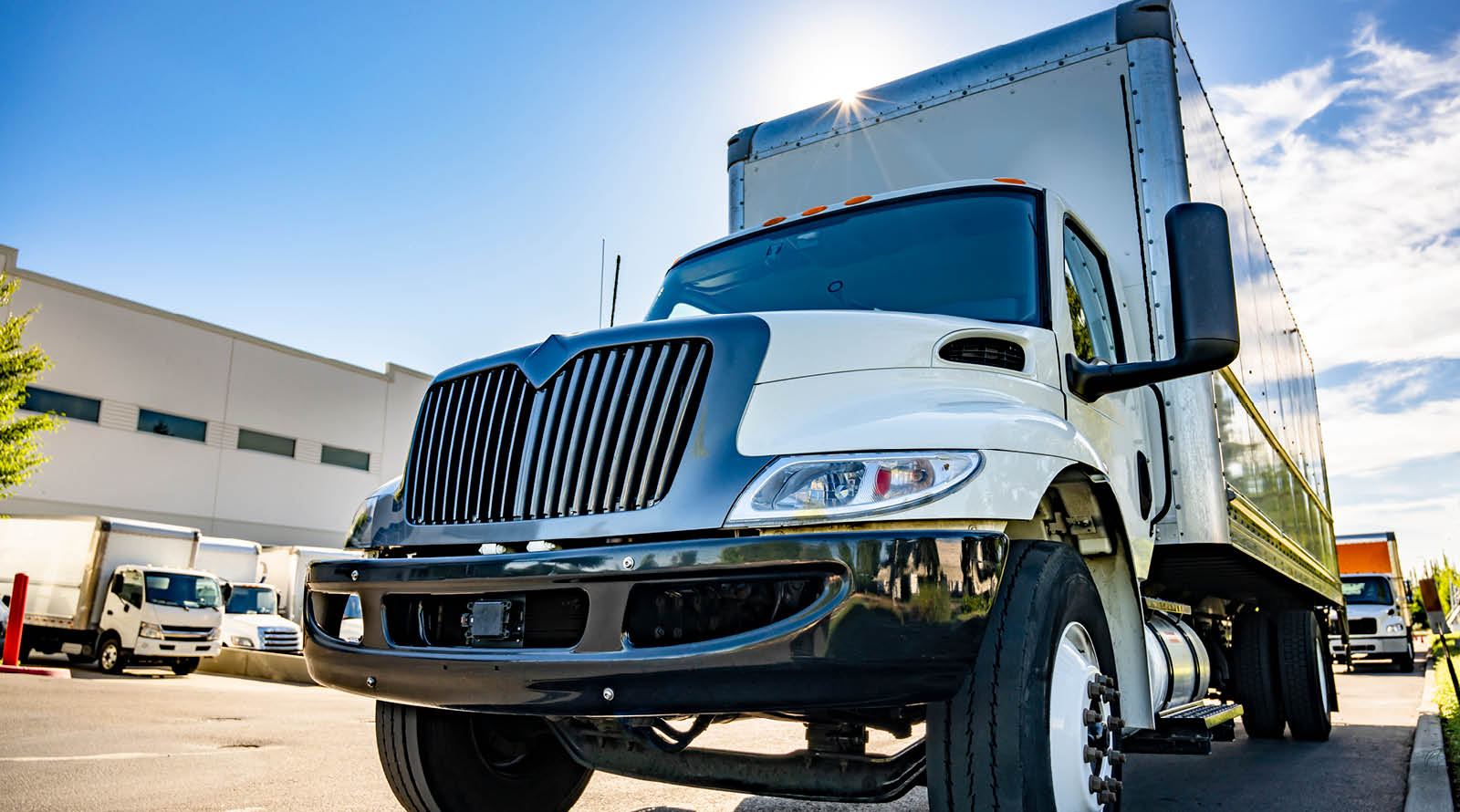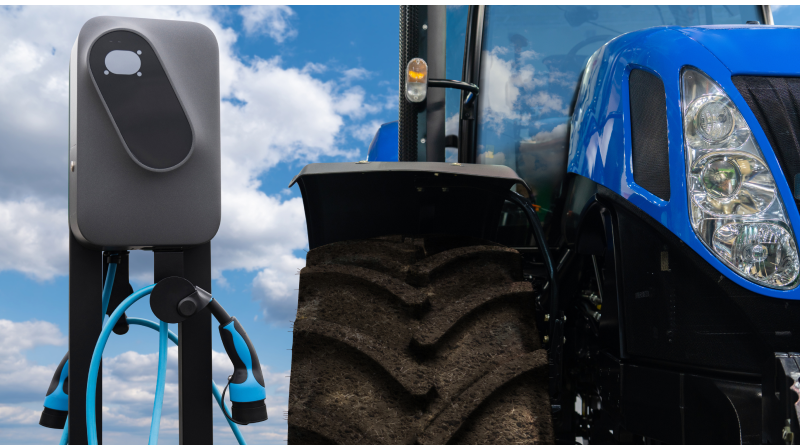Understanding CDLs: Everything you need to know

If you’re exploring commercial driving for the first time, you’ve probably come across terms like “Class A CDL” or “CDL training costs.” But what does it all mean—and where do you start? This article covers everything you need to know about CDLs in the U.S., from license types and training timelines to what it actually costs to get behind the wheel.
What is a CDL? Federal vs. state requirements
A Commercial Driver’s License (CDL) is required to operate large or specialized vehicles for commercial purposes in the U.S. The program is federally regulated by the Federal Motor Carrier Safety Administration (FMCSA), but each state’s Department of Motor Vehicles (DMV) handles the actual testing and issuance. This means the baseline rules—like license classes and endorsements—are set nationally, but the process, cost, and requirements vary slightly depending on where you live.
Whether you’re hauling material in a dump truck, towing a pup trailer, or transporting heavy equipment between sites, having the right class of CDL ensures you’re compliant, covered, and job-ready.
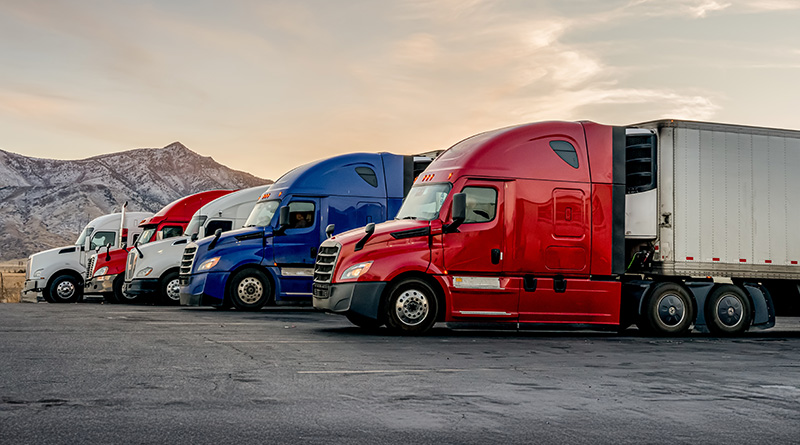
Types of CDL licenses (and what they cover)
There are three main types of CDLs:
Class A CDL
Required for operating combination vehicles over 26,001 lbs where the towed unit is over 10,000 lbs—common for semi-trucks, transfer dump trucks, and lowboy trailers.
Class B CDL
For straight trucks over 26,001 lbs, such as standard dump trucks, cement mixers, or large delivery vehicles.
Class C CDL
For vehicles that carry 16+ passengers or transport hazardous materials. This includes smaller buses and some specialty transport vehicles.
Non-CDL Class C License
There’s also a non-CDL Class C license, which may apply to smaller vehicles used in specific situations (like private transport vans or light-duty trucks). These are often issued to drivers who don’t meet the commercial threshold but still need legal clearance to operate certain types of vehicles.
How to get a CDL in the U.S.
Getting a CDL is a multi-step process, but it’s fairly straightforward once you understand the requirements. While CDLs are regulated at the federal level by the FMCSA (Federal Motor Carrier Safety Administration), they’re issued by your state’s Department of Motor Vehicles (DMV) or equivalent licensing authority. That means while the rules are mostly consistent across the U.S., some steps—like fees, documentation, and scheduling—can vary by state.
Here’s a breakdown of the general process:
- Meet Basic Eligibility
- Be at least 18 years old for intrastate (within-state) driving, and 21+ for interstate.
- Possess a valid driver’s license.
- Pass a DOT physical and hold a medical examiner’s certificate.
- Obtain a Commercial Learner’s Permit (CLP)
You must hold a CLP for at least 14 days before testing. Some states require longer. - Complete CDL Training (optional but recommended)
While not required in all states, many drivers enroll in CDL courses to prepare for both written and road tests. These are often available via specific training/driving schools. - Pass the CDL Knowledge and Skills Tests
Testing includes general knowledge, air brakes, combination vehicles (for Class A), and a road test. - Apply for Your CDL
Bring your documentation, test results, and fee payment to your local DMV.
Please note: Federal and state regulations can often change, please check with your local, state and federal institutions for specific requirements and or changes that may occur.
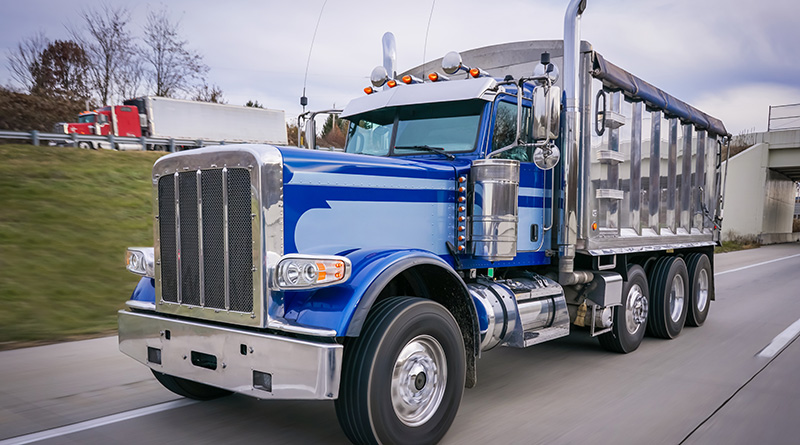
How long does it take to get a CDL?
The full process can take 3 to 8 weeks, depending on:
- Training program length: Full-time CDL schools typically take 3–4 weeks; part-time or night classes may take longer.
- State processing times: Some DMV offices may have backlogs for testing appointments.
- Your schedule and availability: Taking time off work or balancing commitments can extend the timeline.
How hard is it to get a CDL license?
For many operators, the process is challenging but manageable—especially with proper prep. The written tests cover vehicle inspection, safe driving practices, and air brake systems, which can trip up unprepared test-takers. The road test includes:
- A pre-trip inspection
- Basic control skills
- On-the-road evaluation
Most candidates find the hardest part is getting comfortable with maneuvering larger vehicles in tight spaces. But with time behind the wheel, it becomes second nature.
How much does it cost to get a CDL license?
Costs can vary widely depending on your location and training path. Here’s a general breakdown:
- CDL License Cost: ~$1,300 – $3,600
- CDL Course Cost: ~$1,600 – $7,000
The cost for a CDL focused course can vary from institution and sate requirements. However, many drivers opt for full-time training programs that include hands-on truck driving and prep for the road test. - Additional Fees:
There are some additional fees to be considerate off such as:- Medical exam: ~$100
- Permit application: ~$50–$100
- Testing fees: ~$100–$200
Can you get a CDL for free?
In some cases—yes.
- Company-sponsored training: Some trucking companies offer free CDL training in exchange for a driving commitment (usually 6–12 months).
- Veteran programs: The GI Bill and other military benefit programs may cover training costs.
- State grants or workforce funding: Select programs may be available through local job centers, especially for unemployed or underemployed individuals.
These options can significantly reduce out-of-pocket costs if you qualify.
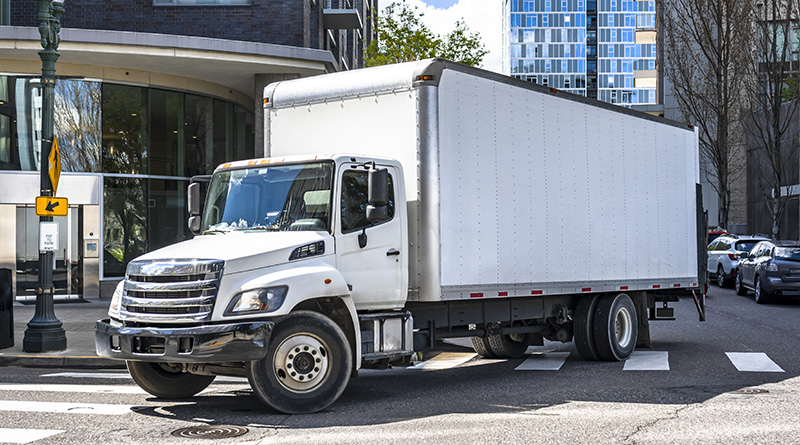
Bottom line: is a CDL worth it?
Whether you’re buying a dump truck, hauling trailers, or transporting equipment between job sites, having a CDL can open doors to higher-paying work and greater flexibility. Understanding what’s required—from cost and timeline to training and testing—helps you make informed decisions, especially if you’re browsing heavy-duty vehicles at auction.
If you’re in the market for commercial trucks or looking to expand your fleet, knowing the licensing landscape ensures you’re ready to put your next purchase to work.
 |
How Ritchie Bros. delivers global scale for your assets |


